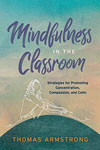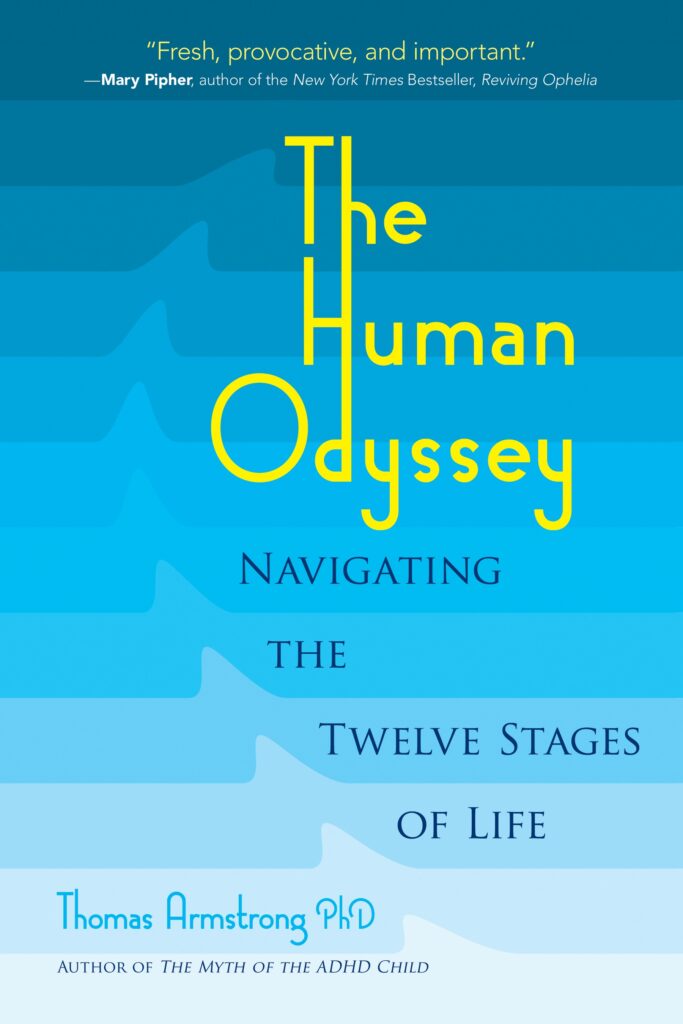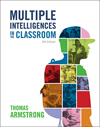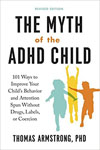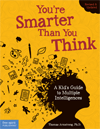 Several years ago, I wrote a book for elementary and middle school students entitled You’re Smarter Than You Think: A Kid’s Guide to Multiple Intelligences
Several years ago, I wrote a book for elementary and middle school students entitled You’re Smarter Than You Think: A Kid’s Guide to Multiple Intelligences(published by Free Spirit Publishing). Since it came out, I have received letters from young readers responding to their experience of reading the book. Just this month, I received a packet of letters from a class of seventh graders at a middle school in Pennsylvania giving their reactions to having read the book. I thought that I should share my response to their letters in this blog because it provides some of my opinions on the subjects of bullying, standardized testing, and the multiple intelligences as a model of human potential:
Dear Students,
I want to thank you for your letters to me about my book You’re Smarter Than You Think. I particularly appreciated the varied responses to my book, and even to the critical responses. A diversity of opinions tells me that you were really engaged with the book and were comparing it to what you know to be true about yourselves.
It was great to see some readers make direct connections from the eight intelligences to their own daily lives – noticing that physical activity, for example, creates an environment favorable to the production of fresh ideas. Others noted how the theory could help them understand others better, although it was interesting to note that some felt that the theory of multiple intelligences (MI theory) might lead to categorizing people into ‘’word smart types’’ ’body smart types’’ etc. – in other words, would lead us to resuscitate old stereotypes and use those as a basis to bully others for not being smart in the really smart ways!
I agree that there is a danger in using this model to put people into categories. That’s why I’ve always emphasized that everybody has all eight intelligences and can develop them to even greater proficiency, and that the intelligences interact in complex ways. What we’re doing when we separate them out and look at them individually is simply to examine each one better, but we should always remember after we’re done looking at each one, to put them back into the complex fabric of life.
On the topic of bullying, I believe people bully others primarily because they themselves feel inadequate, and by intimidating others, they hope to make themselves feel superior. My hope is that this model will help those potential bullies realize that they’re not inadequate, that they have many inner gifts that can be developed, and that they’re better off putting their energies into those gifts, rather than pummeling others out of a feeling of inferiority. I believe that our school system as it is constructed now contributes to this situation by valuing the ‘’word smart’’ and ‘’logic smart’’ individuals in the classroom over the others, which can breed a feeling of resentment from those who feel less developed in those areas, or a feeling of snotty superiority from those who feel most developed in those areas.
There were other issues that came up in your letters that are worth discussing. Some readers wanted to call the eight intelligences ‘’abilities’’ rather than ‘’intelligences.’’ I should let you know that the creator of MI theory, Dr. Howard Gardner at Harvard University, said that he deliberately chose the word ‘’intelligences’’ because he realized it would get people’s attention. He said that if he had just called them ‘’abilities’’ everybody would have said ‘’yah, yah, we’ve heard that before – that’s nothing new.’’ So, he decided to be intentionally confrontational, and the result was that he actually did get people’s attention!
Another issue that concerned me was the reference in many of your letters to the word ‘’test.’’ Apparently, you’ve taken some test or tests on the multiple intelligences. Neither Dr. Gardner nor I have ever developed a ‘’test’’ for multiple intelligences. In fact, we’ve both stayed away from doing this because we believe that no test can assess the intelligences. We believe that the only good way to assess the intelligences is by observing an individual in real-life contexts engaging with the materials and symbols of each intelligences. In other words, if you want to know if somebody has musical intelligence, for example, you might place them in front of a piano or xylophone and see how they do.
We live in a society that is too focused on paper-and-pencil testing. Right now I’m beginning to work on a new book that will criticize our schools overuse of standardized testing and the way that it creates stress and distress in students, teachers, and parents. So, my advice is, don’t worry about the tests, as far as these eight intelligences are concerned. The material in my book is a guideline to get you thinking about your own intelligences, appreciating other people’s intelligences, and learning how to expand your own potentials and those of others as well, to make the world a better place in which to live.
Again, I appreciated your thoughts and ideas, and I wish you all the best in developing your many intelligences as you journey through school and through life!
All the Best,
Thomas Armstrong, Ph.D.
See my books for kids on multiple intelligences. You’re Smarter Than You Think: A Kid’s Guide to Multiple Intelligences, and Smarts! Everybody’s Got Them
.
This article was brought to you by Thomas Armstrong, Ph.D. and www.institute4learning.com.
Follow me on Twitter: @Dr_Armstrong






